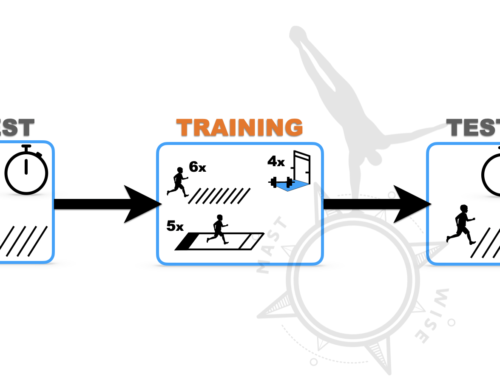Filling the glasses
How focusing on motor abilities will raise your athletes’ performance in no time
First of all: why should we talk about motor abilities?
We are seamen, we are sailing coaches, and we go straight to the point, having no time for books and graphs.
I agree with you on this, and not everybody has to will becoming a sport scientist.
But motor abilities are what we rely on when it comes to learning any new movement or skill, and often they happen to be the limiting factor for the technical improvement of our athletes.
Looking at it from this point of view makes a refreshment of your knowledge a good idea.
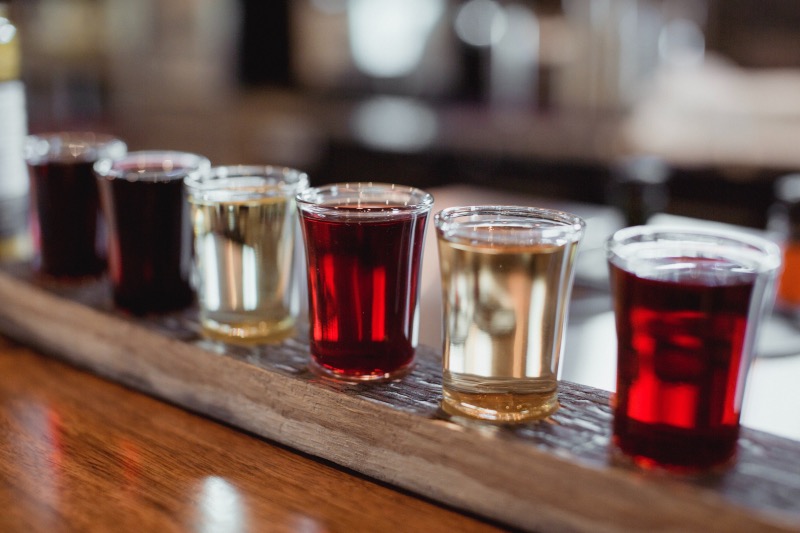
-
A set of glasses
As human beings, we come to this world with a set of abilities that we share with any other component of our species. Think about strength, endurance, balance, orientation, and so on. Everybody has all of those. Each of us, though, has a certain amount of them, and that’s the whole point.
Those levels are partly genetically determined, and we can increase each of them by experience.
While moving in this world, learning new skills, and also training, we are collecting many different kinds of stimuli, which are helping us to raise the level of each of the motor abilities we have.
We are getting a stimulus direct toward the improvement of our static balance once we’re performing a yoga pose standing on just one leg.
On the other hand, we’re growing our lower limb strength when we decide to do squat jumps.
Keeping this direction, we can identify many different exercises or tasks that are filled by a bunch of various inputs directed toward several motor abilities. We like to see these abilities as a group of glasses that we need to fill with our stimuli.
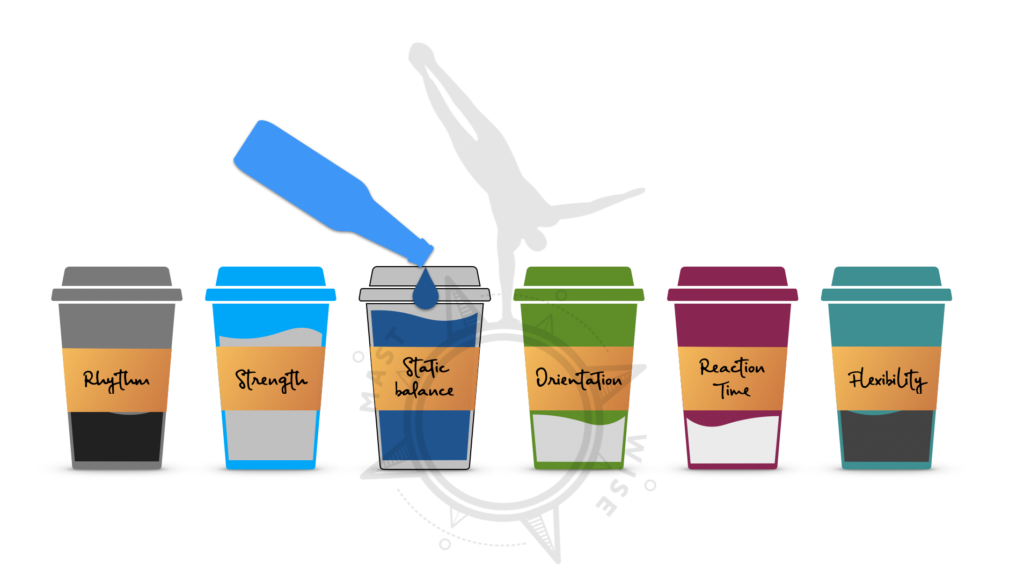
-
A matter of level
Now we need to add one more aspect.
Those inputs have to match the actual level of the glasses to raise it. In other words, if we use a stimulus too distant from the starting level of the motor ability we want to increase, it won’t succeed. There has to be an alignment between them to see an improvement.
Put it into practice: if you want to improve your athlete’s static balance and he can’t even stand still on one foot for more than 15 seconds, you can’t ask him to start juggling with balls standing on a ball.
You need to bring him to that level by following a progression of exercises. You need to select the right inputs to let him improve his balance gradually. Here we’re not talking about just motor abilities but also skills. They’re always interconnected but stick with the former concept at the moment.
Moving further, we should think that once we want to learn a new skill, we are using a bunch of motor abilities and not just one. Any single skill relies on most of the motor abilities we have, usually.
If one of the stimuli related to this new skill doesn’t fit the level of the abilities we need to learn it, we won’t assimilate it properly.
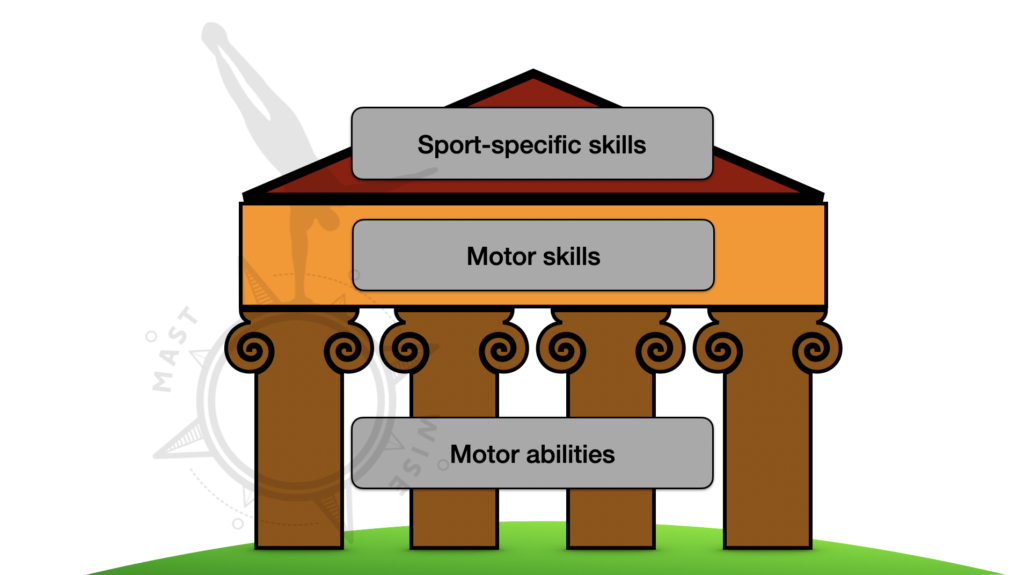
-
The right process
Sometimes, you can see one of your athletes struggling with a new technical task for no apparent reason.
You guess he/she can make it. But he/she doesn’t get it.
Maybe one of the athlete’s glasses is not filled up as it should.
Did it ever happen to you?
In that case, if we find which one is, we have isolated the limiting factor.
Then, we need to think about how to fill that glass accordingly. We will find the right progression of stimuli to raise the level of that motor ability to where we need it.
By doing so, we’ll see our athlete improving faster and smoother than ever.
That’s how we solve motor learning problems.
We observe our athletes’ training, we nail the limiting factor, and then we support them with the right progression.
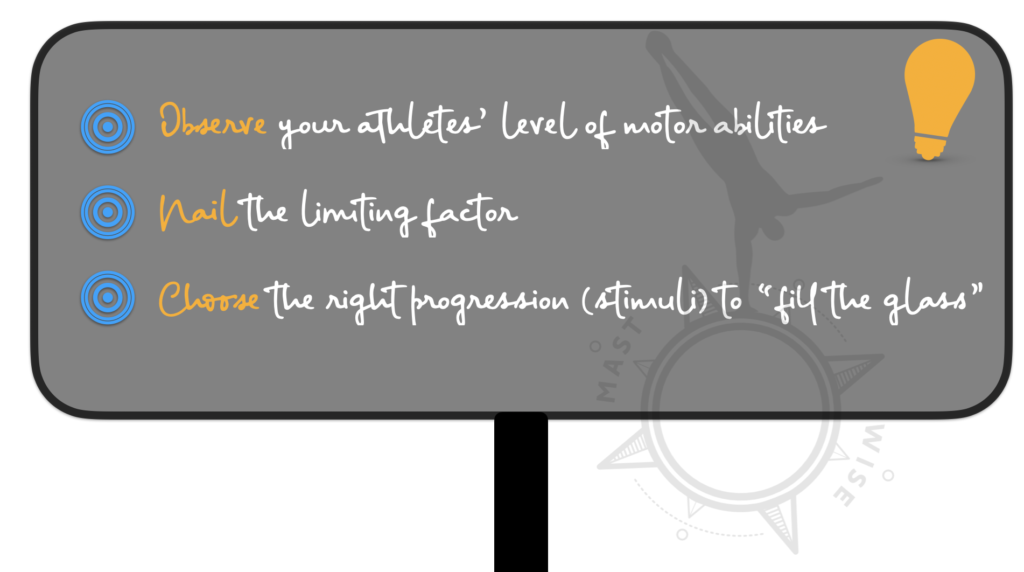
Sometimes we follow this process as a sailing coach unconsciously. Sometimes we need to stop for a moment, understand what is going on, and select the best way to proceed.
It does require time and experience, but with the right method, you’ll get results much faster.
In our academy, we talk about all this deeply, giving you the exact process to follow, the specific tests to apply to nail the limiting factors, and the right exercises to add to your athletes’ training routines.
Join us at the academy and start right now improving your work with easy and simple steps.
Ready to discover a whole new way to train your athletes?
Join our Academy, and you’ll get monthly new content about physical training, performance, prevention, nutrition, and much more.

Welcome to the Focus Lounge
You May Also Like
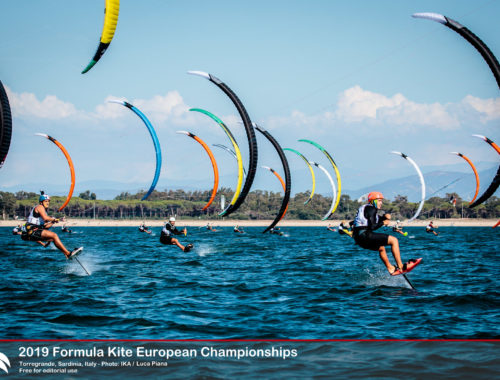
Few words on kitefoil with Simone Vannucci
August 12, 2020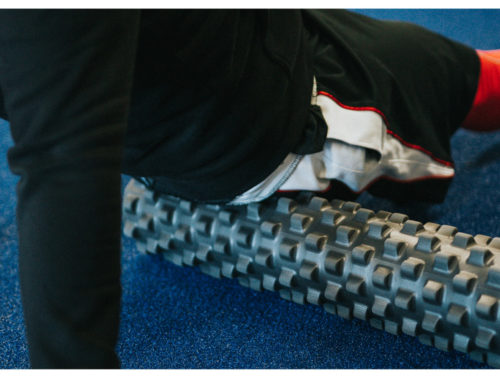
Welcome to the Focus Lounge
August 21, 2020